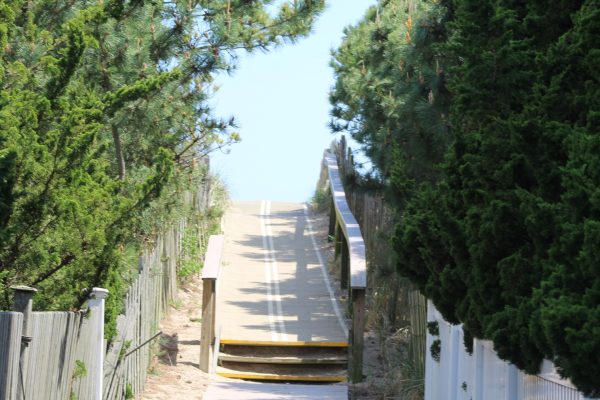5 Fisherman Featured on the Series “Deadliest Catch” Feared Dead After Alaska Fishing Boat Sinks
Five fishermen were reported missing after a crab boat sank in the freezing water off the coast of Alaska on January 3rd. Two of the members on board were rescued, Dean Gibble Jr., who has featured on the popular documentary series “Deadliest Catch,” and John Lawler who suffered hypothermia but is reported to be released from the hospital. The search for the five missing men lasted 20 hours but was later ended as the fisherman were considered very unlikely to survive. The two survivors state that they were the only ones to make it to a life raft, and no details have been reported on what caused the boat to sink. The boat, named the “Scandies Rose,” was carrying a lot of crabbing pots to get ready for the winter season. Alaska’s waters are known for their deadly waves and bad weather, so it is speculated that the boat sank because of the very large waves in Alaska’s water.
The air temperature the night of the incident was at a chilling 10 degrees and the water temperature was down to 43 degrees. Rescuers say that they saw a small light from a life raft but it was found empty. The two survivors were found a half a mile from the empty life raft while the other five were nowhere to be seen. Rescue crews arrived around 2:00 am as they battled 40mph winds and 15-20 foot waves. “That’s rough conditions,” Petty Officer 2nd Class Melissa McKenzie said. Given the extreme rescue conditions, it was considered extremely fortunate that two of the seven crew members were found alive. The survivors said they were able to get into survival suits but they did not know if the other members were able to. The suits are considered crucial as they help the crew stay afloat and protect them from hypothermia.
Every year, plenty of locals looking for work in Alaska participate in commercial fishing. Year after year there are casualties, however even given the risks people are not scared away from commercial fishing. The National Institute for Occupational Safety and Health calls commercial fishing one of the most dangerous occupations. To most of the local crab fishing communities this loss came as no surprise.
David Otness, a retired crab fishermen from Cordova Alaska, who spent more than 50 years in the crab fishing industry stated, “It’s known for its loss,we can count the years when that isn’t the case. It’s quite a life, but it’s a labor of love and fear and respect for the world around you.” For many, it is more uncommon for a year not to suffer a loss.
Not only are the seas a big part of the danger included within the crab fishing world but so is the equipment itself. The crab pots alone weigh over seven hundred pounds. The weight of multiple pots swaying from side to side with the waves can cause harm all in itself. Combine the humongous crabbing pots with icy boat decks and twenty foot waves and you have the perfect storm for injury, or even death. Due to the recent loss of five fishermen in Alaska, the Commercial Fishing Research Program is working to improve the safety of crab fishing in the Bering Sea to minimize the amount of people that go missing every year.

Grade level
Sophomore
Sports, clubs, or other activities at PPBHS
Baseball
Hobbies outside of school
Watching football and hanging out with...

Grade level
12
Sports, clubs, or other activities at PPBHS
Football
Hobbies outside of school
I enjoy reading books and binge watching Netflix.
Areas...






